

Dog and cat food is still experiencing a growth trend in Europe. In eastern Europe in particular, the market is booming
Between October 2005 and September 2006, the eastern European market for dog and cat food grew by 12.5 per cent. The highest growth rates were achieved in the dry food segment, which increased by 14 per cent, followed by treats (+ 11.3 per cent) and wet food with growth of 10.7 per cent. This information was provided by Tim Eales, Industry Insight Director Europe at the market research company Information Resources (IRI), at the International Pet Conference in Frankfurt am Main. According to his account, the pet market in western Europe had also developed very positively in the period under review, with growth of 3 per cent. The background to this positive trend in the pet supplies sector is that, as pets are increasingly “humanised”, former niche segments such as premium products turn into trends that add value. The speciality trade has been supplying life-cycle products, food for specific breeds/sizes and special/functional foods (diet, dental, coat care, indoor food, anti-hairball etc.) for a number of years now, but recently this type of specialisation has started finding its way into the supermarkets and drug stores too.The general public’s awareness of the health needs of pets has increased considerably in the last few years. Many pet owners are digging deeper into their pockets to ensure that their four-legged friends enjoy a tasty and nutritious diet. Super-premium products are expanding rapidly in the market, and even organic food is in the ascendancy. However, it shouldn’t be overlooked that in parallel with this, there is a continuing and growing trend among consumers towards the purchase of low-cost private label products that sometimes resemble the appearance of premium products in their glossy packaging.In the period studied, cat food generated higher sales growth than dog food, both in western and eastern Europe. While sales of cat food in eastern Europe rose by 15.1 per cent, the market in western Europe grew by 4.4 per cent, according to Tim Eales, with dry food and treats primarily making the running. It should be remembered, though, that the lion’s share of sales of dog and cat food continues to be achieved in western Europe. The major pet-loving countries in Europe are Germany, Great Britain and France, where a total of 2.6 mio tonnes of dog and cat food was sold in the period under review, according to IRI data. Sales were much more modest in the other countries of western Europe, and especially in eastern Europe. Tim Eales believed…
Related articles
Read also

 Menü
Menü

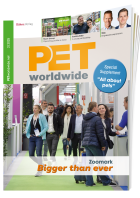



 1-2/2007
1-2/2007



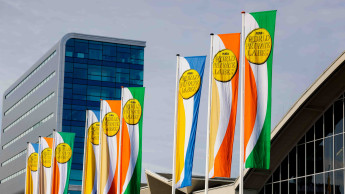
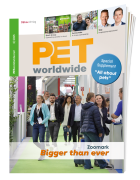
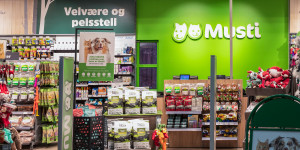
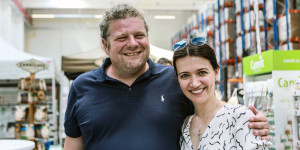
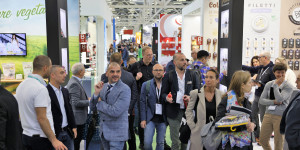

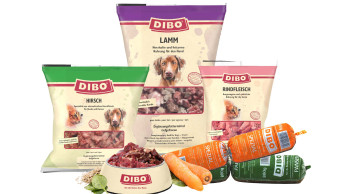

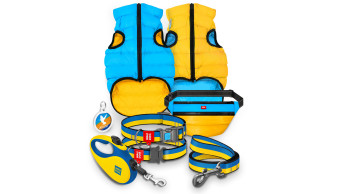
 Newsletter
Newsletter